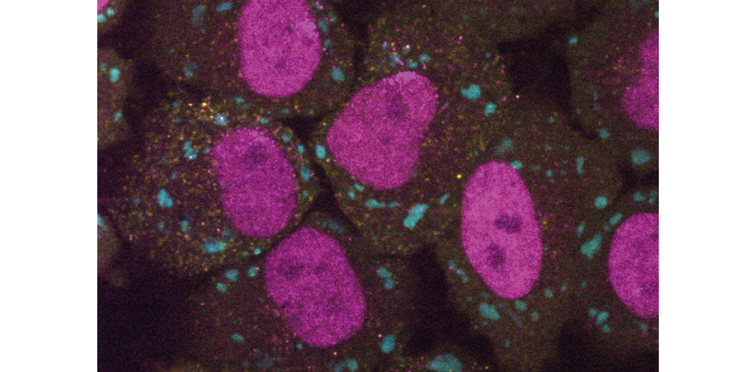FMI News Article
Just like people, cells get stressed too. A sudden drop in oxygen, overheating, or toxins can trigger a cascade of molecular changes that lead cells to stop growing, produce stress-protective factors, and form stress granules – proteins and RNA molecules huddled together into membrane-less organelles. Although the function of stress granules remains largely unknown, it is assumed that they contain only RNAs that are not translated into proteins. Now, a study upends this longstanding idea, showing that messenger RNAs (mRNAs) within stress granules can indeed make proteins.
